
Simons-Supported Neuroscientists Win NIH Awards
Simons Foundation, October 2021The National Institutes of Health (NIH) has recognized four outstanding neuroscientists supported by the Simons Foundation.

The National Institutes of Health (NIH) has recognized four outstanding neuroscientists supported by the Simons Foundation.

The Blavatnik Family Foundation and the New York Academy of Sciences have named computational chemist Erik Thiede as a finalist for the 2021 Blavatnik Regional Award for Young Scientists in the chemistry category. The award recognizes outstanding postdoctoral scientists from academic research institutions in New York, New Jersey and Connecticut. It comes with a $30,000 prize for the winners in each category and $10,000 for finalists.
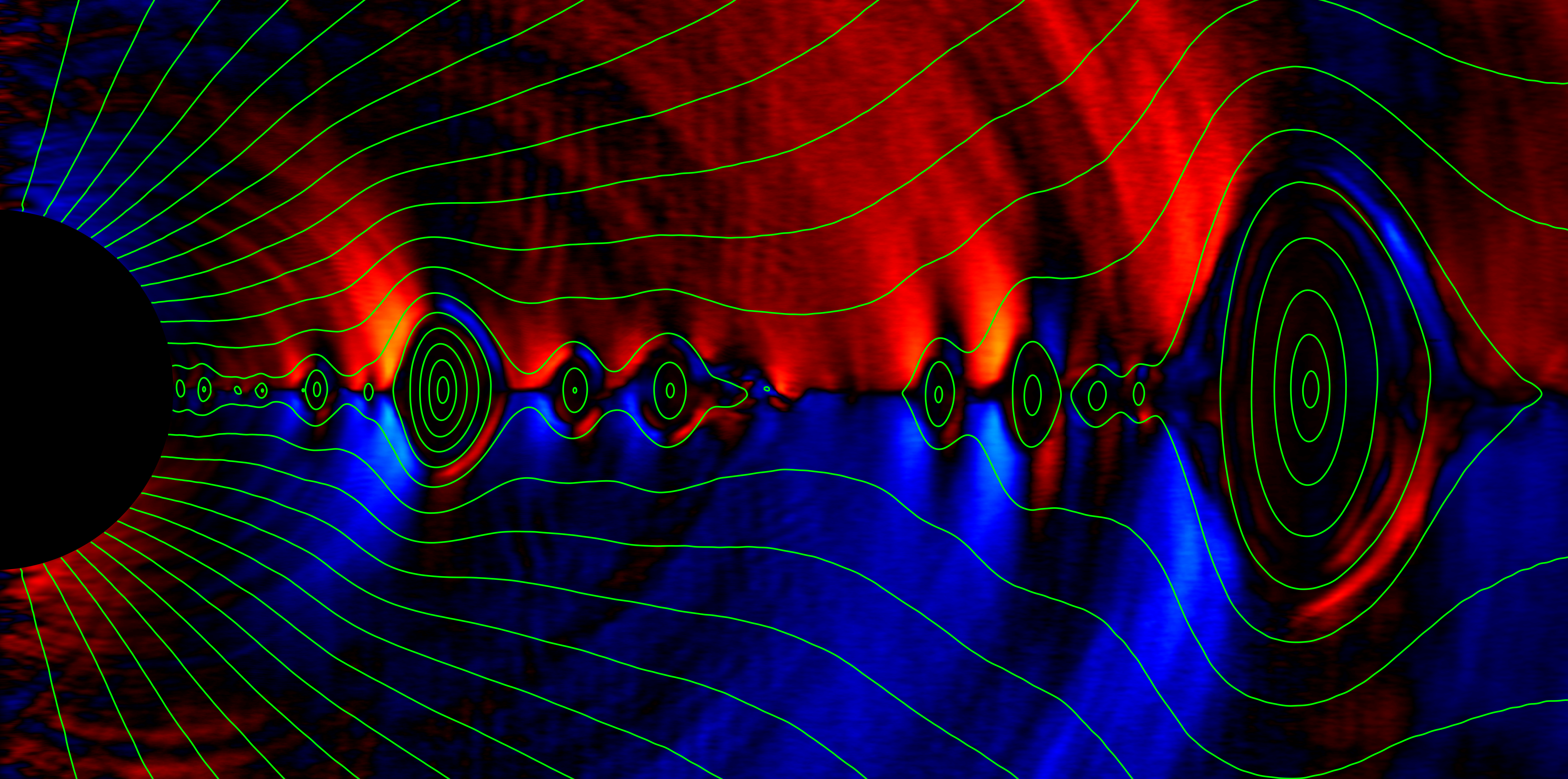
Black holes aren’t what they eat. Einstein’s general relativity predicts that no matter what a black hole consumes, its external properties depend only on its mass, rotation and electric charge. All other details about its diet disappear. Astrophysicists whimsically call this the no-hair conjecture. (Black holes, they say, “have no hair.”)
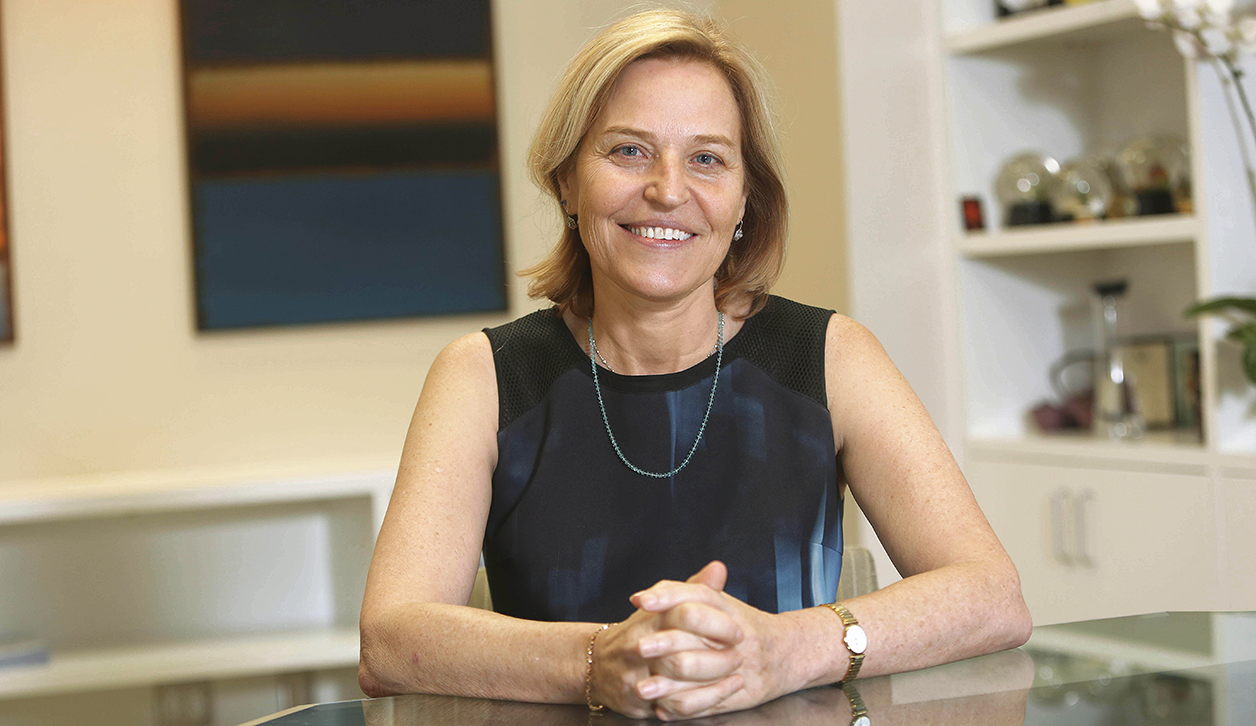
The Simons Foundation is delighted to announce that neuroscientist Kelsey Martin will be the next director of the Simons Foundation Autism Research Initiative (SFARI). Starting in September 2021, she will helm SFARI’s continuing work to improve the understanding, diagnosis and treatment of autism spectrum disorders by funding innovative high-quality research.
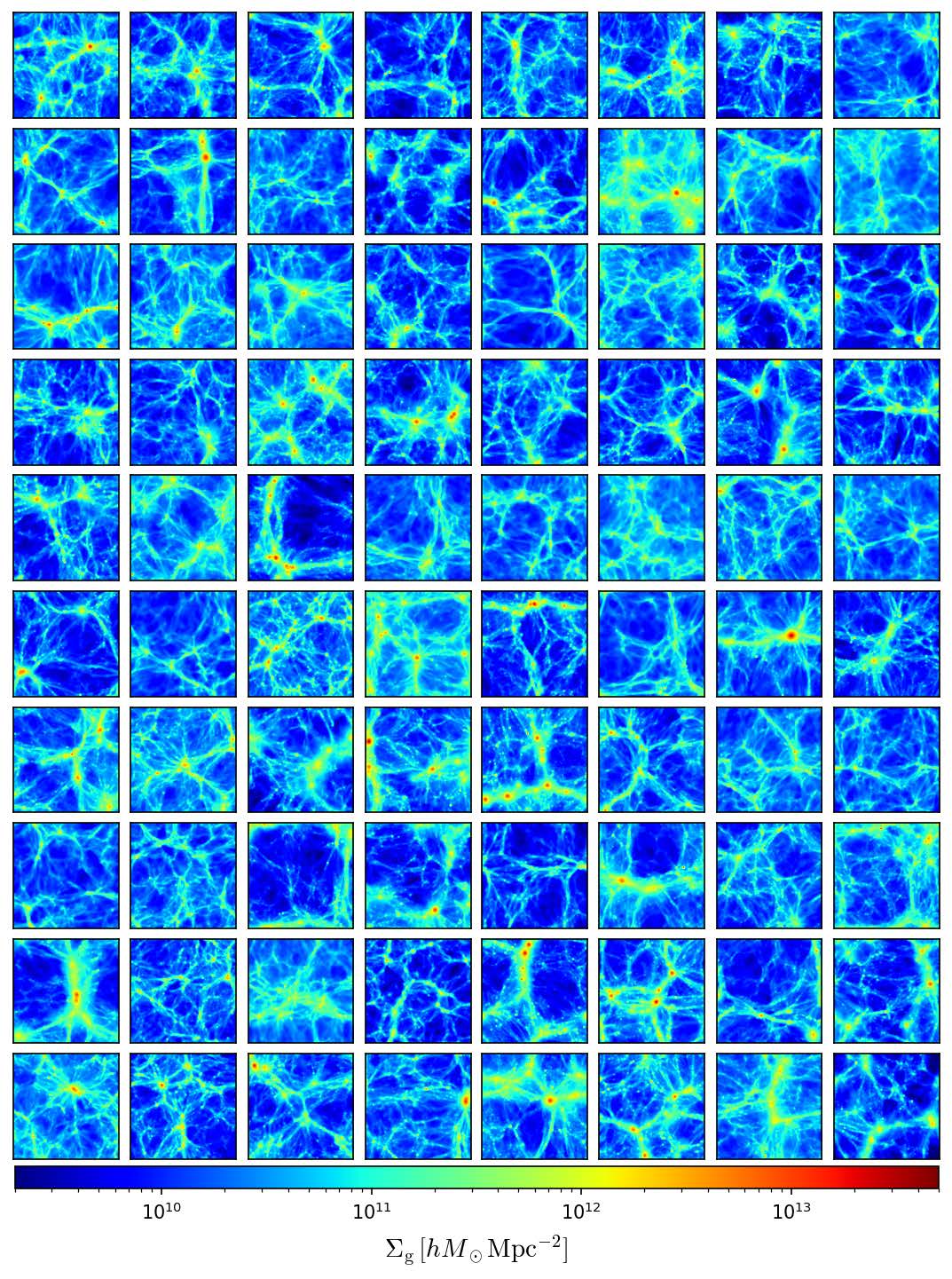
A handful of numbers rule the universe. These parameters determine how the universe behaves and how it looks. They tabulate how much of the universe is matter, the curvature of space and the nature of the dark energy pulling the universe apart. Understanding these numbers is key to understanding the universe.
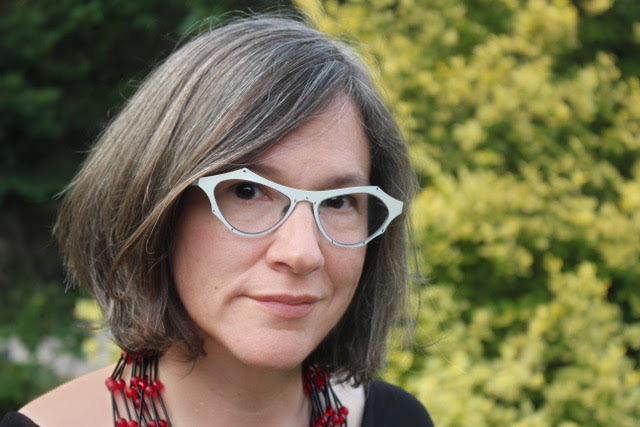
The Simons Foundation is delighted to announce that astronomer Julianne Dalcanton will be the next director of the Center for Computational Astrophysics (CCA) at the foundation’s Flatiron Institute in New York City. Starting in September 2021, she will lead the center’s work creating and leveraging computational tools to tackle important questions in astrophysics.
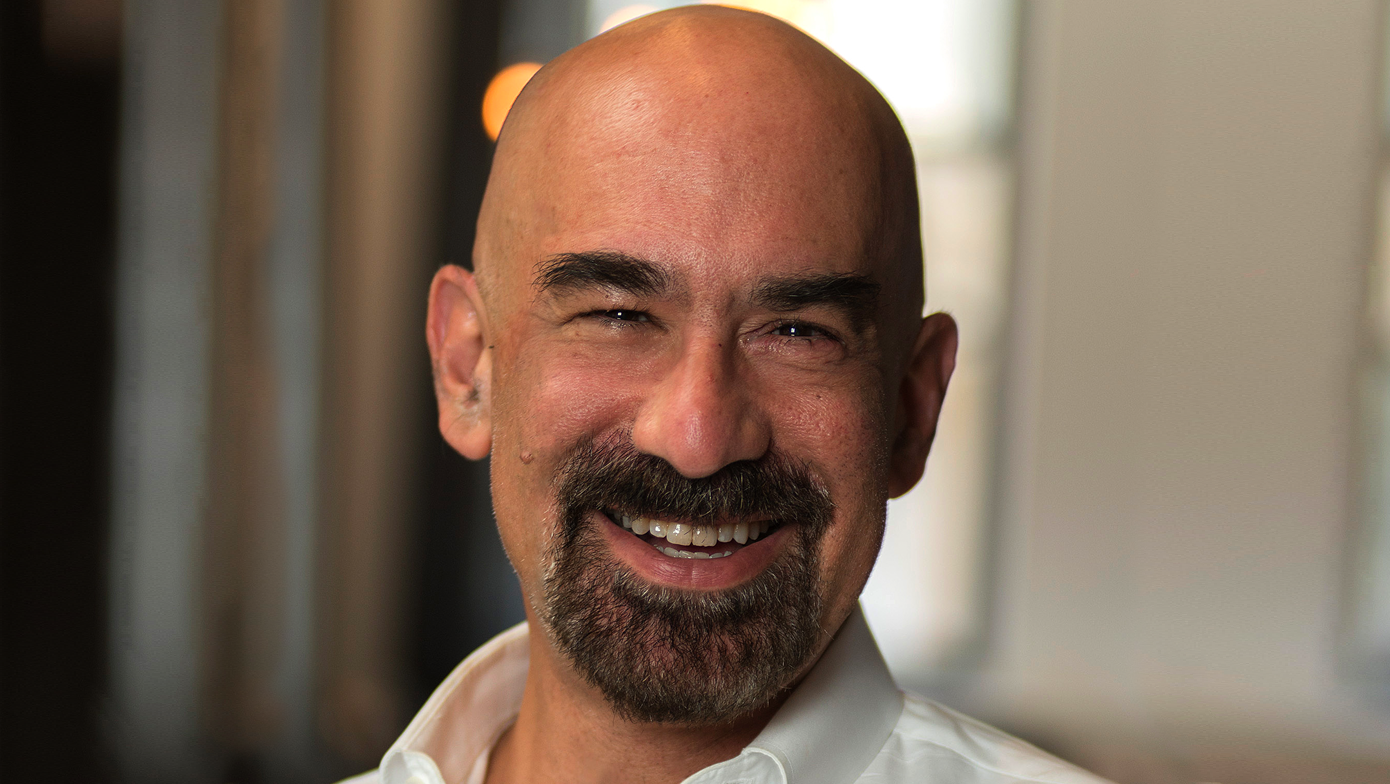
Astrophysicist David Spergel began his tenure today as president of the Simons Foundation, one of the largest charitable organizations in the United States, with assets of $4.6 billion. Spergel takes the reins from Simons Foundation co-founders Marilyn and Jim Simons. Since the philanthropy’s launch in 1994, Marilyn Simons served as foundation president, overseeing administration as well as outreach and education; and Jim Simons oversaw all scientific grantmaking units of the foundation and the activities of the foundation’s new computational center, the Flatiron Institute.

The Simons Foundation is pleased to announce that mathematical physicist Robbert Dijkgraaf has joined its board of directors.

Quanta Magazine is the winner of the 2021 Webby People’s Voice Award for the best website and mobile site in the science category. The award, presented by the International Academy of Digital Arts and Sciences and decided by public vote, is one of the most coveted prizes in the digital space.
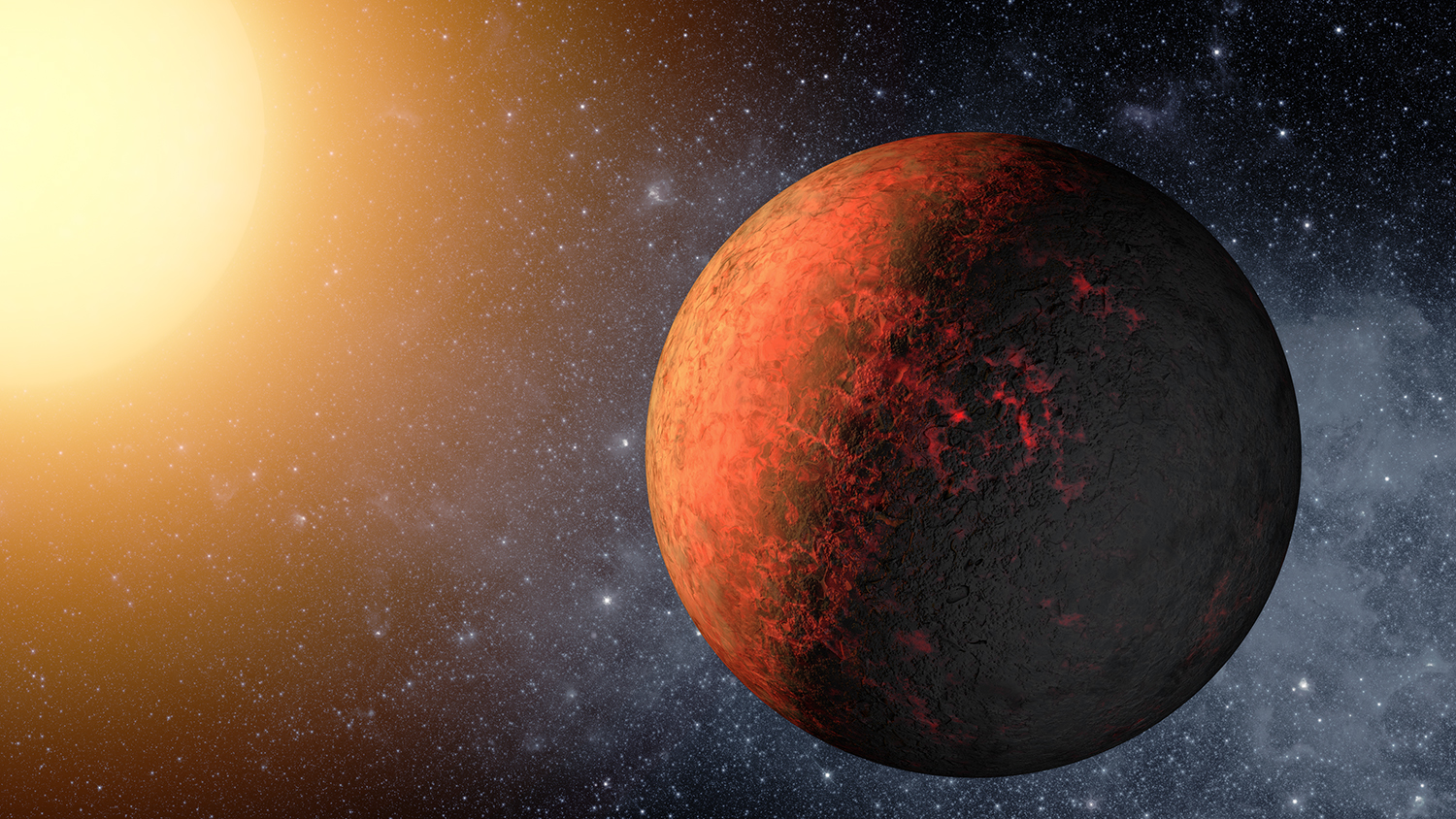
There’s been a breakthrough in the case of the missing planets. While planet-hunting missions have discovered thousands of worlds orbiting distant stars, there’s a severe scarcity of exoplanets that measure between 1.5 and two times Earth’s radius. That’s the middle ground between rocky super-Earths and larger, gas-shrouded planets called mini-Neptunes. Since discovering this ‘radius gap’ in 2017, scientists have been sleuthing out why there are so few midsize heavenly bodies.